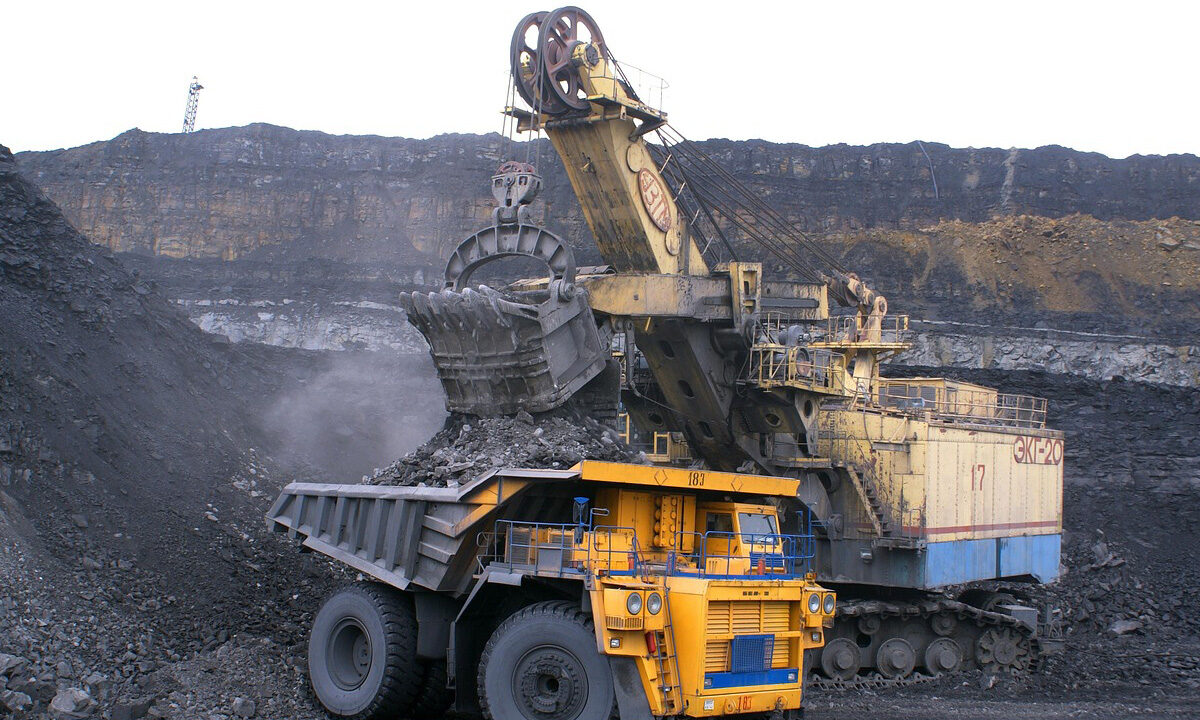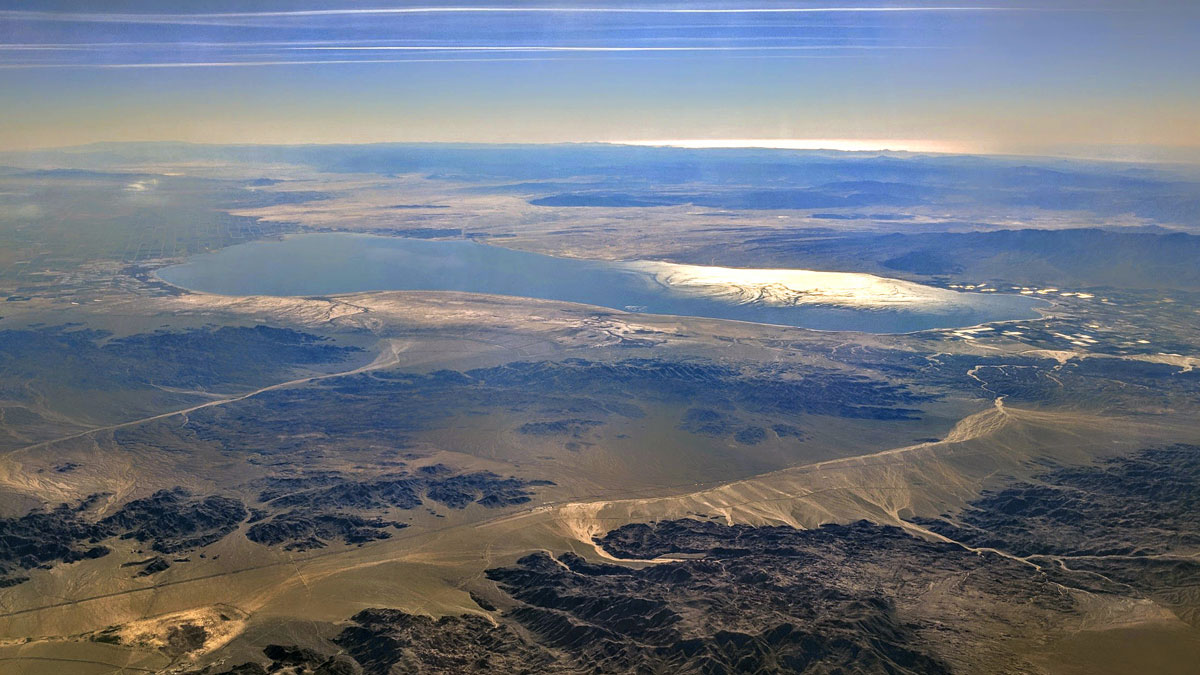The National Institutes of Health (NIH), the world’s largest funder of biomedical research, announced a policy on 1 May banning scientists from directing its funding to international research partners, according to Nature.
geohealth
Tea Leaves Remove Lead from Water
Surface and chemical properties of tea leaves may help explain the correlation between tea consumption and lower incidences of heart disease, high blood pressure, and stroke.
Executive Order Seeks to Revive “America’s Beautiful, Clean Coal Industry”
President Trump signed an executive order to drastically reduce restrictions on domestic coal production on 8 April. It lays out plans to enable coal mining on federal lands, identify and revise existing regulations and policies that seek to transition the country away from coal production, and identify regions where “coal-powered infrastructure” can be used to support artificial intelligence data centers.
Trump Administration Moves to Weaken PFAS Rules
President Donald Trump’s EPA is considering a rule that would weaken regulations limiting chemicals harmful to human health in consumer goods, The Guardian reports.
Per- and poly-fluoroalkyl substances, or PFAS, are a group of chemicals added to consumer products, oftentimes for their water- and stain-resistant properties. Exposure to PFAS is known to raise the risk of certain cancers, kidney and liver disease, and complications surrounding reproductive health. The chemicals are omnipresent in everyday life and contaminate drinking water across the United States.
NIH Cancels Climate and Health Research Grants
The Trump administration’s intentions toward addressing climate change are clear: Federal agencies purged mentions of the climate crisis from their websites and slashed funding for mitigation tools such as the Future Risk Index. Now, those intentions are extending to health research: The National Institutes of Health (NIH) has begun to cancel funding for investigations into the health effects of climate change, and will not financially support new research on the subject, according to ProPublica and Nature.
Will Its $154 Billion Price Tag Keep Dust from Being Swept Under the Rug?
Data from 2017 show that costs associated with dust were second only to hurricanes when comparing billion-dollar disasters.
Soccer Players Risk Heat Stress in World Cup Stadiums
Rapidly traveling between climate zones, all with different average temperatures, humidities, and oxygen levels, will place additional stress on players, staff, and spectators.
Unregulated Industrial Contaminants Detected in Some U.S. Drinking Water
Communities of color are more likely to have higher levels of these contaminants in their drinking water.
The Deleterious Dust of the Salton Sea
Coarse particulate matter deriving from California’s largest lake is linked to an increased risk of respiratory-related hospitalizations.
Wildfires Raise Concern About Remobilized Radioactive Contamination
Researchers collected soil and ash after the 2020 wildfires in the Chernobyl Exclusion Zone. Chemical tests suggested that the fires made it easier for contaminants to wash into nearby rivers.










